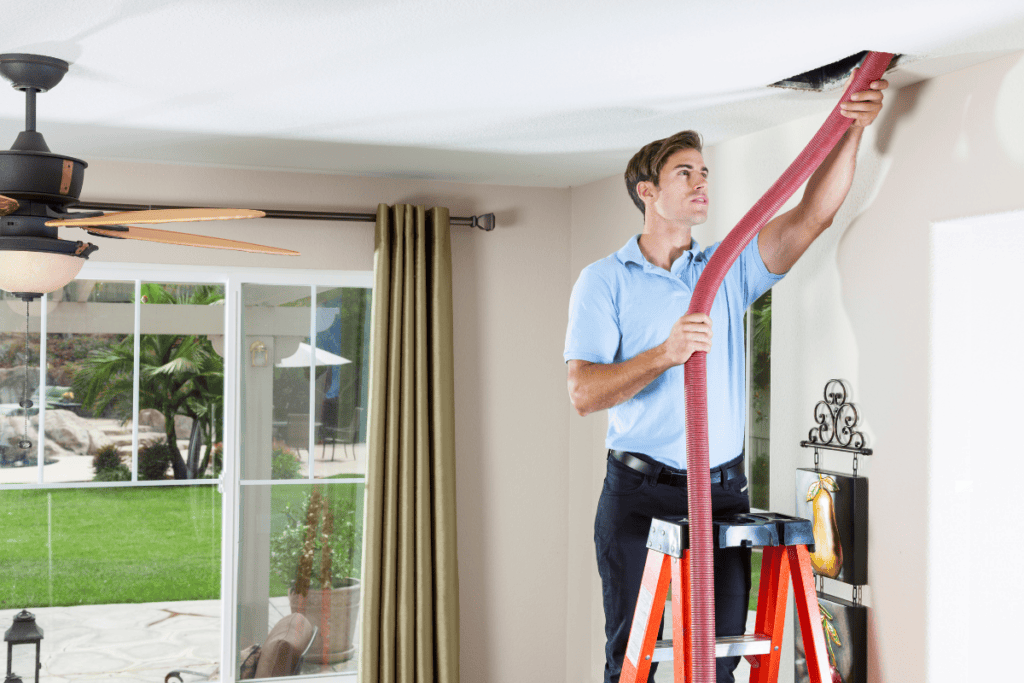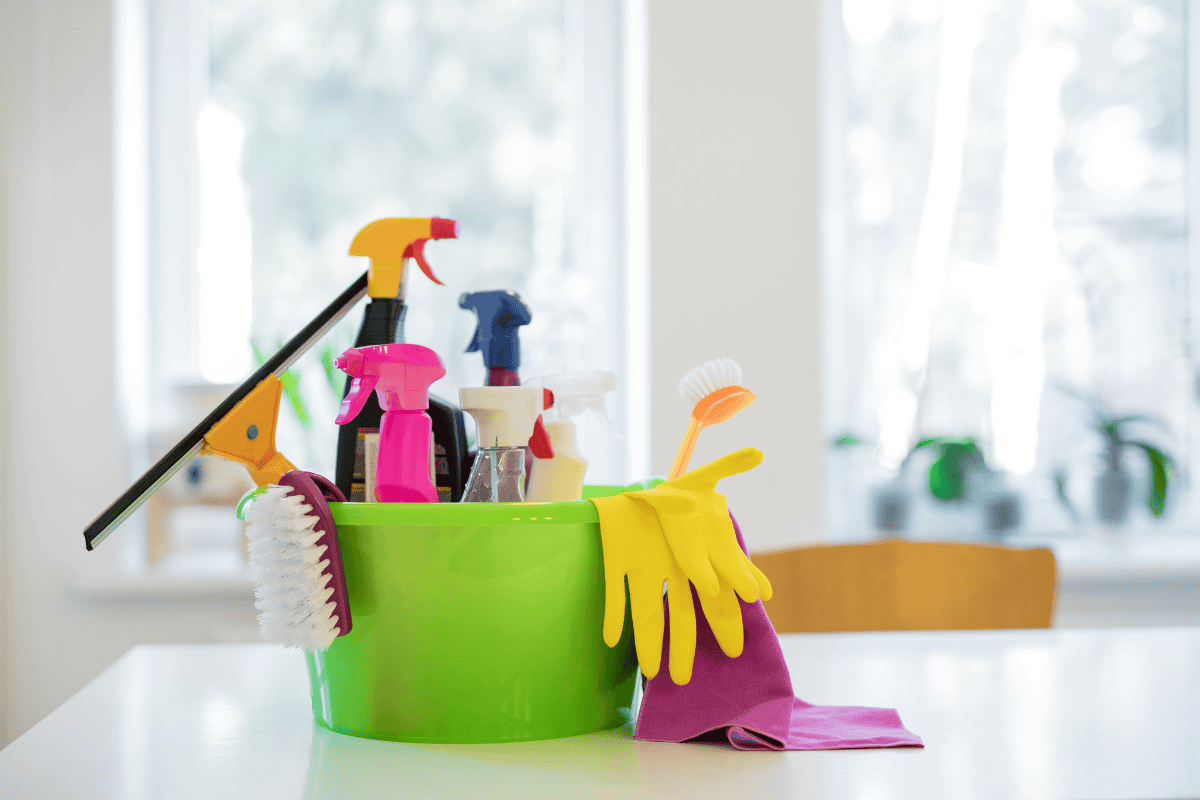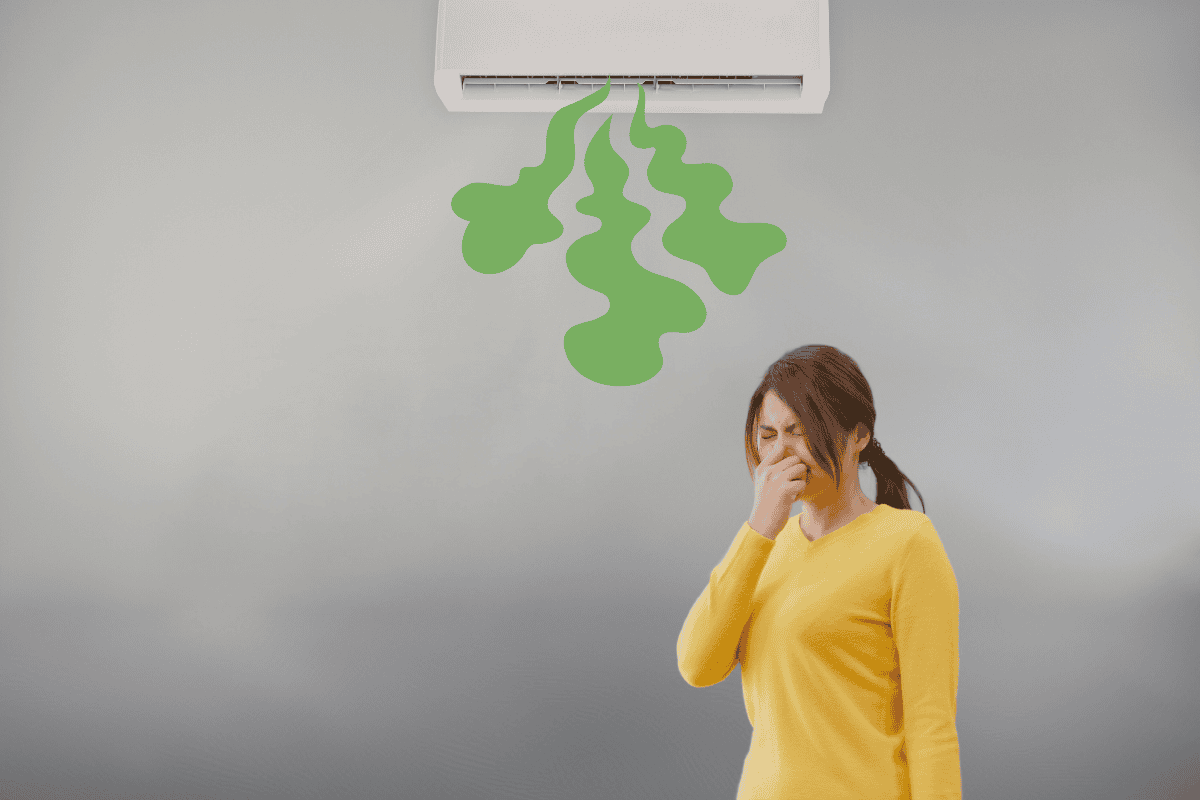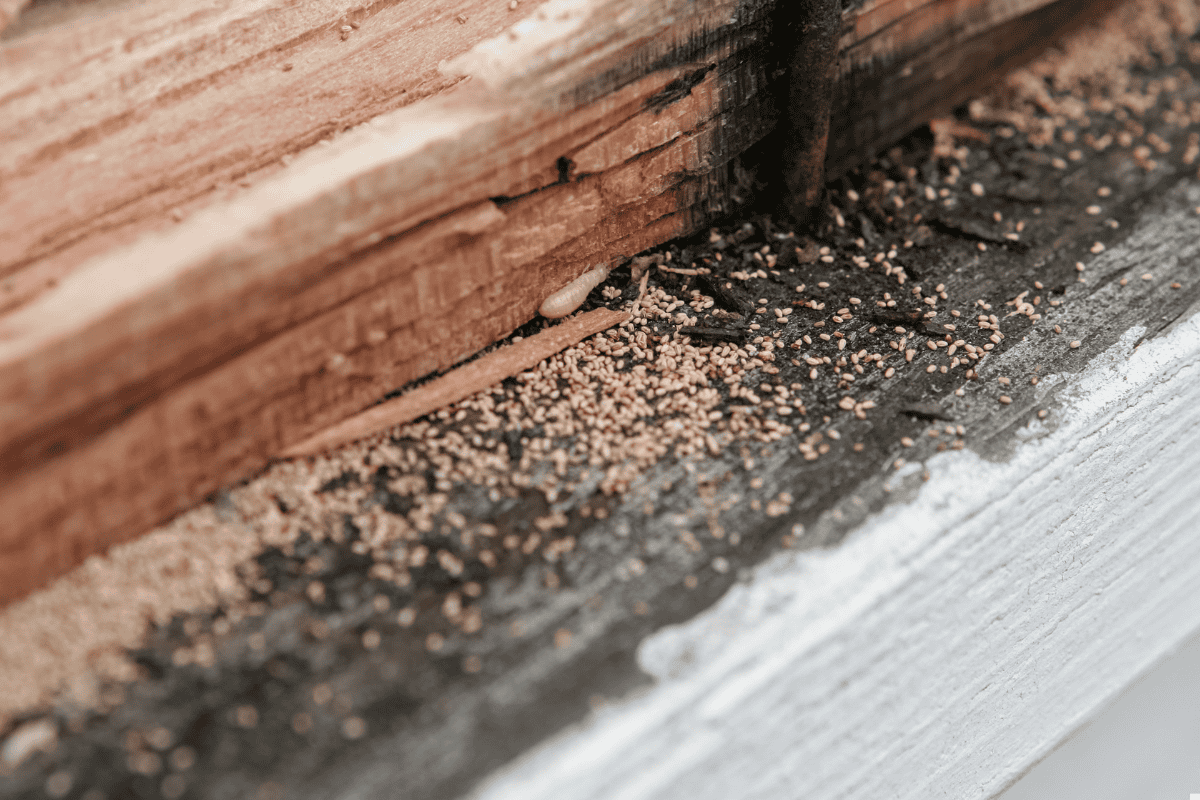HVAC Ducts Cleaning Guide by Professionals

The HVAC system plays an important role in maintaining indoor comfort and quality of air in our homes. At the heart of this system are the ducts, which serve as the pathways for distributing heated or cooled air throughout the space.
To keep this air running through your home efficiently, it’s necessary to clean your ducts. We recommend having your ducts cleaned every three to five years, although this frequency can vary depending on factors such as the presence of allergy sufferers in the household, pet ownership, and recent home renovations.
Cleaning your ducts is a proactive move to boost your indoor air quality and keep your system running at its best. This process sweeps away the dust and debris that build up in the ductwork, reducing the circulation of pollutants and allergens throughout your home.
In this article you’ll learn how to clean air ducts at home and maintain them for good performance of your system. With cleaner ducts, you’ll breathe easier and enjoy a fresher, healthier living environment!
Contents
Tools For DIY Air Duct Cleaning
Some essential tools for DIY duct cleaning are:
- Vacuum cleaner with HEPA filter
- Brushes and cleaning rods,
- Screwdrivers and drill
- Cleaning cloths and rags
- Duct cleaning solution or mild detergent
- Flashlight
How To Clean Your Air Ducts At Home
Here’s a step-by-step guide on how to clean your air ducts yourself:
1. Start by unscrewing the air vent covers, air vent grills, and return air grill plates to access the ductwork.
2. Cover the supply vents with paper towels, and place a paper towel between the vent cover and the wall or floor to prevent dust from spreading.
3. Set your thermostat to the “fan on” position, and turn off the heat and cool mode. This will allow the fan to circulate air through the ducts while you clean.
4. Now use a brush or duster to loosen any dust buildup inside the accessible ductwork.
5. After cleaning the loosened dust, insert the vacuum hose into the duct as far as possible, and turn on the vacuum to capture any more loosened dust and debris.
6. After vacuuming, use the brush to remove any remaining dust buildup in the register openings.
7. Reach into the duct with a clean microfiber cloth to wipe the interior clean, rinsing or replacing the cloth as needed.
8. Dispose of the paper towels you used to cover the vents.
9. Use the brush to clean the return registers, where air is drawn back into the system.
10. Once you’ve cleaned the accessible ductwork, shut off the fan and power off the furnace using the service switch or breaker panel.
11. Remove the panels on the front of the furnace to access the blower compartment and return air boot (the ductwork connecting the furnace to the return registers).
12. Use the vacuum to clean any dust buildup in the blower compartment, return air boot, and around the furnace fan.
13. Finally, replace the air filter in your furnace so that you get the full benefit of clean ducts and improve your system’s efficiency.
Signs of Dirty HVAC Ducts
1. Musty Odors
One of the clearest signs that your HVAC ducts are dirty is the presence of musty odors coming from the vents. These foul or musty smells can indicate mold or mildew growth within the ductwork, and they may become more noticeable when the system is operating and circulating air through the ducts.
According to the Centers for Disease Control and Prevention (CDC), mold can trigger asthma symptoms in people with known allergies. These symptoms may include shortness of breath, wheezing, or cough.
2. Uneven Heating or Cooling
Poor airflow caused by blockages or dirt accumulation in the HVAC ducts can lead to uneven heating or cooling throughout the building. When ducts are obstructed or clogged with debris, it restricts the proper circulation of air. As a result, some rooms may feel warmer or cooler than others, as the heated or cooled air is unable to distribute evenly through the ductwork.
3. Excessive Energy Bills
Dirty HVAC ducts can restrict airflow, forcing the system to work harder to maintain desired temperatures. When ducts are clogged with dust, pet hair, or other debris, it creates resistance to the flow of air. This increased resistance means the system’s blower has to work harder to push air through the obstructed ducts. As a result, the HVAC system consumes more energy to overcome this resistance, leading to higher energy consumption and subsequently, higher utility bills.
4. Rodent or Pest Infestation
If you notice signs of rodents or pests within your HVAC ductwork, such as droppings, nests, or other debris, it’s a clear indication that your ducts require thorough cleaning and professional pest control measures. Pests like rodents or insects can gain access to the ductwork through small openings or cracks, and their presence can have detrimental effects on the system’s performance and your indoor air quality.
Rodents and pests may leave behind their droppings, nesting materials, and other contaminants within the ducts. Instead of trying to clean it on your own, call a professional duct cleaner as they will have the necessary equipment and expertise to properly clean and sanitize the ductwork.
5. Age of the Ductwork
The age of your HVAC ductwork plays a significant role in its overall condition and potential for dirt accumulation and degradation over time. Older ductwork is more prone to these issues, making regular inspection and cleaning especially important to for efficient operation and maintaining good indoor air quality.
According to industry experts, HVAC air ducts have an average lifespan of 10 to 15 years. However, with moderate use and diligent maintenance, some ductwork can last as long as 25 years.
Struggling With Dirty Ducts? Call HVAC Angel
If you’re struggling with dirty air ducts and want to make sure your HVAC system is running at peak efficiency, it’s time to call HVAC Angel. Our team of experienced professionals has the knowledge, expertise, and state-of-the-art equipment necessary to thoroughly clean your duct system, improving your indoor air quality and helping you and your family breathe easier.
At HVAC Angel, we understand the importance of maintaining a clean and healthy home environment. Using advanced tools and techniques, our skilled technicians will meticulously clean every inch of your duct system, removing built-up contaminants and restoring proper airflow. We take pride in our attention to detail and our commitment to customer satisfaction, making sure that your ducts are left spotless and your HVAC system is operating at its best.
Contact HVAC Angel today to schedule your comprehensive duct cleaning service and breathe easier knowing that your HVAC system is running at its best. With our proven track record of success and our dedication to excellence, you can trust us to deliver the results you need and the service you deserve.
Frequently Asked Questions
1. Is it OK to never clean air ducts?
Neglecting to clean your air ducts can lead to a buildup of dust, debris, and contaminants, which can negatively impact your indoor air quality and the efficiency of your HVAC system. Regular cleaning is recommended to maintain a healthy home environment.
2. Can duct cleaning damage AC?
When performed by a professional duct cleaning service using proper techniques and equipment, duct cleaning should not damage your AC system. However, improper cleaning methods or lack of experience can potentially cause harm.
3. Why is my AC not working after duct cleaning?
If your AC is not working after duct cleaning, it may be due to an unrelated issue or a problem that occurred during the cleaning process. Contact your air duct cleaning service provider or an HVAC professional to diagnose and resolve the issue.
4. Do dirty air ducts smell?
Yes, dirty air ducts can produce musty, unpleasant odors, particularly when mold, mildew, or other contaminants are present. If you notice persistent foul smells coming from your vents, it may be a sign that your ducts need cleaning.



